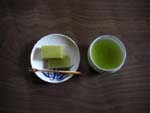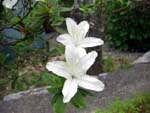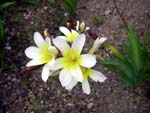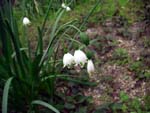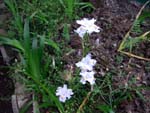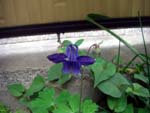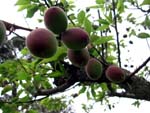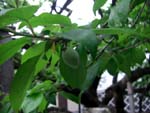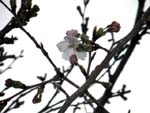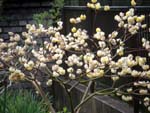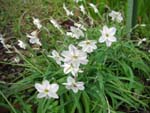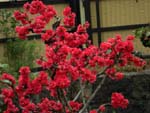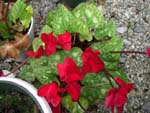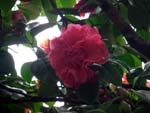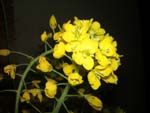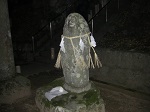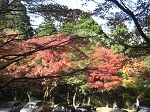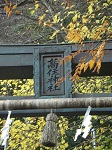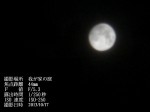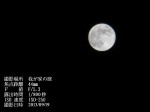Today, Tanabata(七夕). But we have a rainy day.
Do you know Tanabata(七夕)? Tanabata(七夕) is one of our traditional annual events. Tanabata is たなばた(棚機) and it means a loom/looms. We usually use 七夕 as たなばた. 七夕 literally means “Evening of the seventh”, which was celebrated on July 7 of the traditional Japanese lunar-solar calendar originally though which is celebrated on July 7 of Gregorian calendar now. When we write 七夕, we also read it shichi-seki. Shichi is seven and seki is evening.
Tanabata(七夕) is a star festival. According to legend, Amanogawa(天の川) separates the lovers(Orihime and Hikoboshi), and they are allowed to meet only once a year on the June 7. If it rains on Tanabata(七夕), the two lovers have to wait until another year to meet. Amanogawa(天の川) is Milky Way, but it literally means Sky River. Yes, a river. So if it rains, the river swells. Hence, to hold this event on July 7 of Gregorian calendar is a little bit silly or very mean because the day is the midst of the rainy season in Japan. Besides, the seventh on Gregorian calendar doesn’t always have a first quarter moon. If it has a full moon, Tanabata(七夕) is in a real mess because it is a star festival.
When we shed old calender, such things like above happen more times. Tanabata(七夕) and Obon(お盆) were two big events in July of the traditional Japanese lunar-solar calendar. Now, this Gregorian calendar days, one is still in July and another is in August. The two event are still alive in Japan but they don’t have strong relations to Moon anymore.
